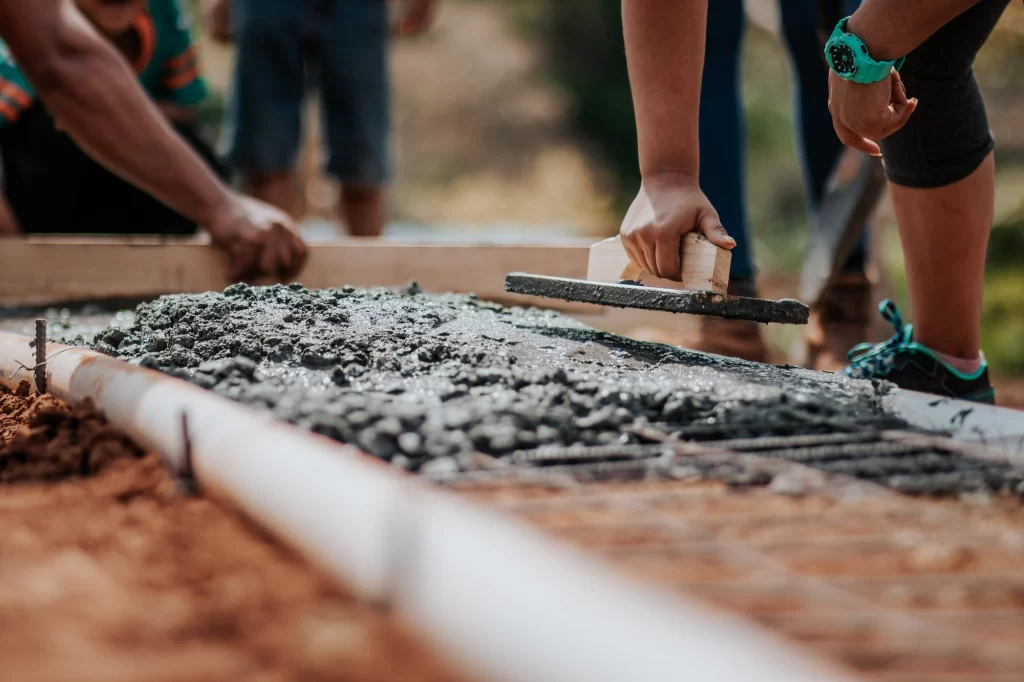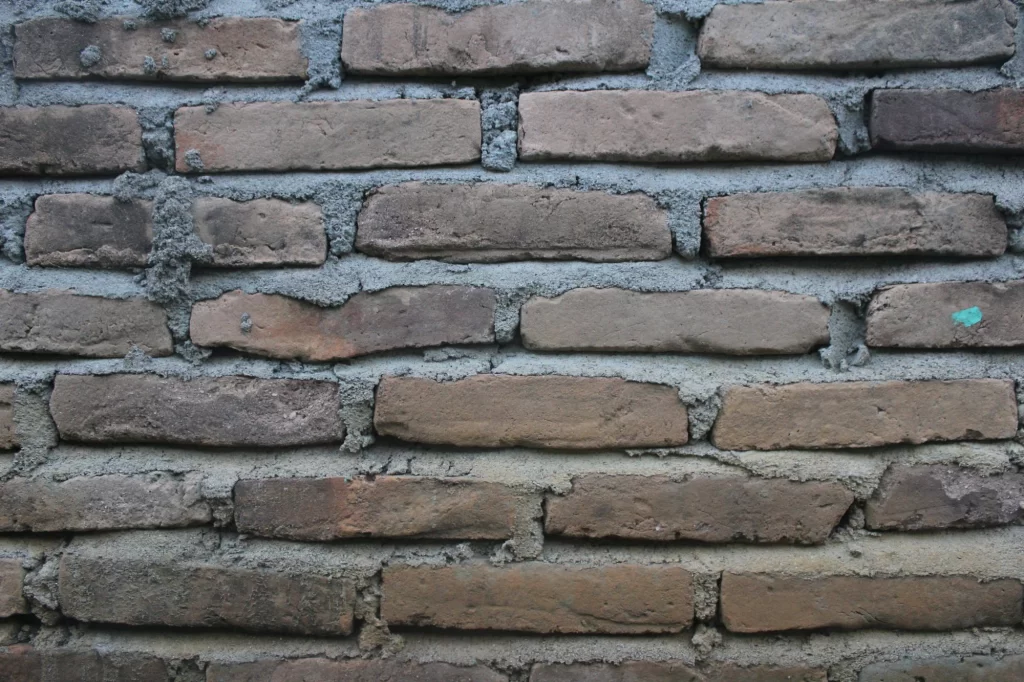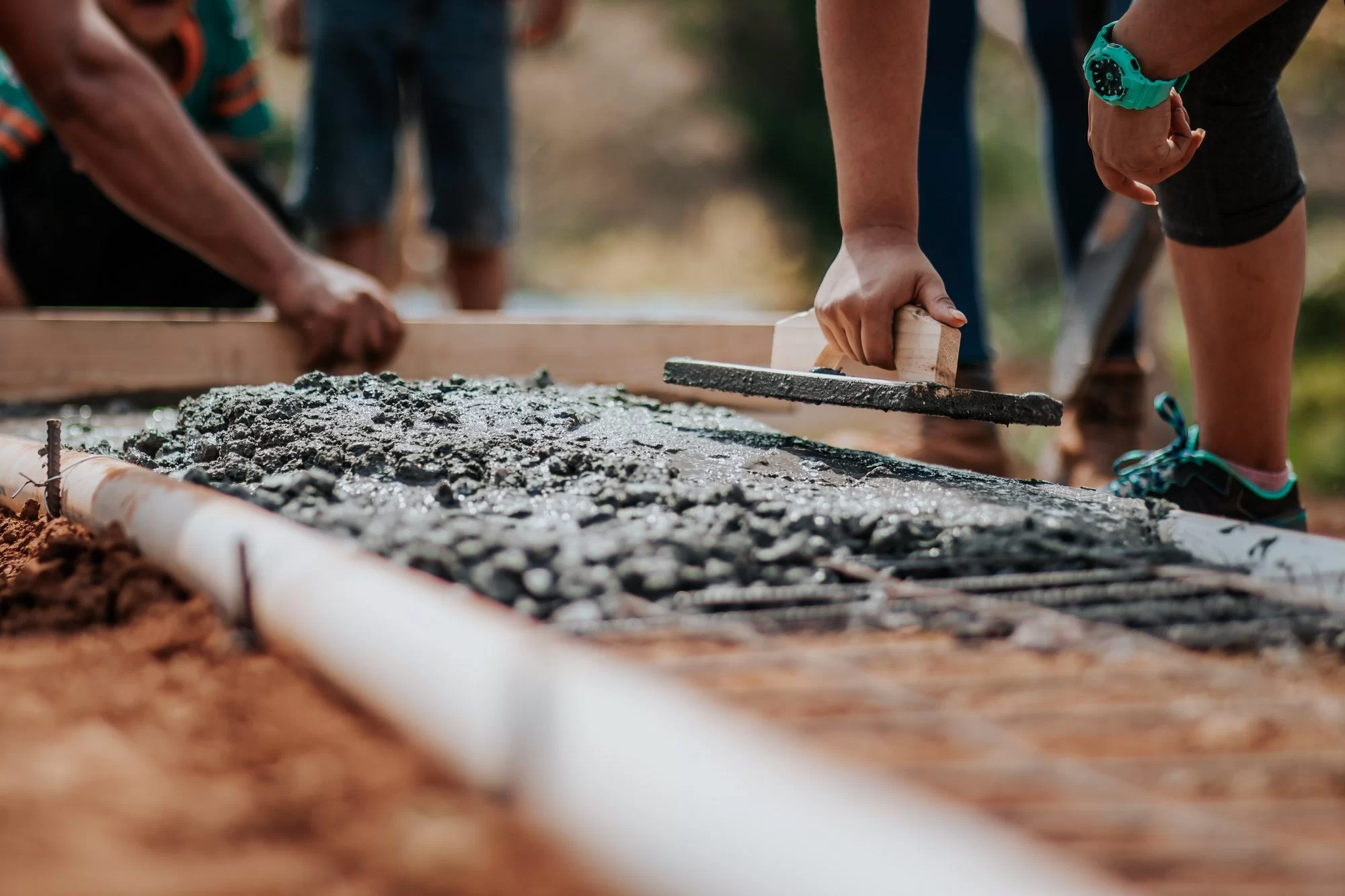Edible cement is an innovative material that has the potential to revolutionize the construction industry by using food waste as its primary component. This new type of cement has been developed to address the growing problem of food waste, which is a significant contributor to environmental pollution and climate change. By repurposing food waste into a useful and sustainable material, edible cement is helping to reduce the environmental impact of the construction industry while also providing a sustainable solution for the disposal of food waste.
One of the key benefits of edible cement is that it is made from food waste that would otherwise be discarded or sent to landfills. This includes waste such as fruit and vegetable scraps, bread and cereal products, and even coffee grounds. These food waste materials are processed and then combined with a binding agent, such as calcium, to create a durable and sustainable building material.
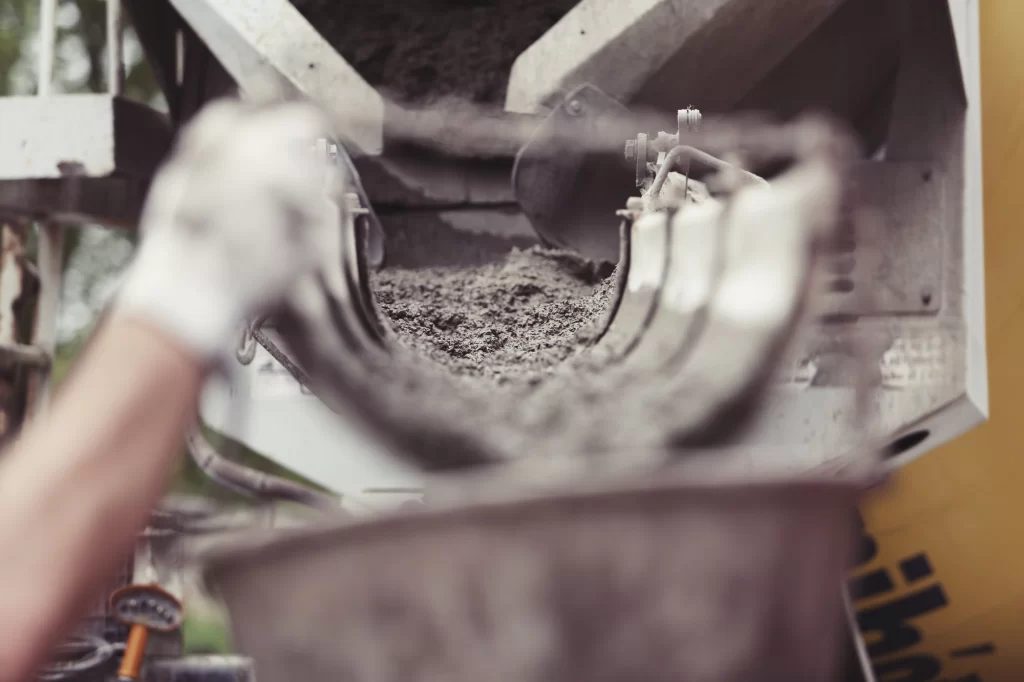
Edible cement has a number of advantages over traditional cement. For one, it is a more sustainable option, as it reduces the need to extract natural resources such as limestone and clay, which are used to make traditional cement. Additionally, it produces significantly fewer greenhouse gas emissions during the manufacturing process, which helps to reduce its overall environmental impact.
Another advantage of edible cement is that it is also highly durable and resistant to wear and tear. This is due to the presence of natural fibers and minerals in the food waste materials that are used to make it. These fibers and minerals provide additional strength and stability to the cement, making it suitable for use in a wide range of construction projects, from building foundations to walls and roofs.
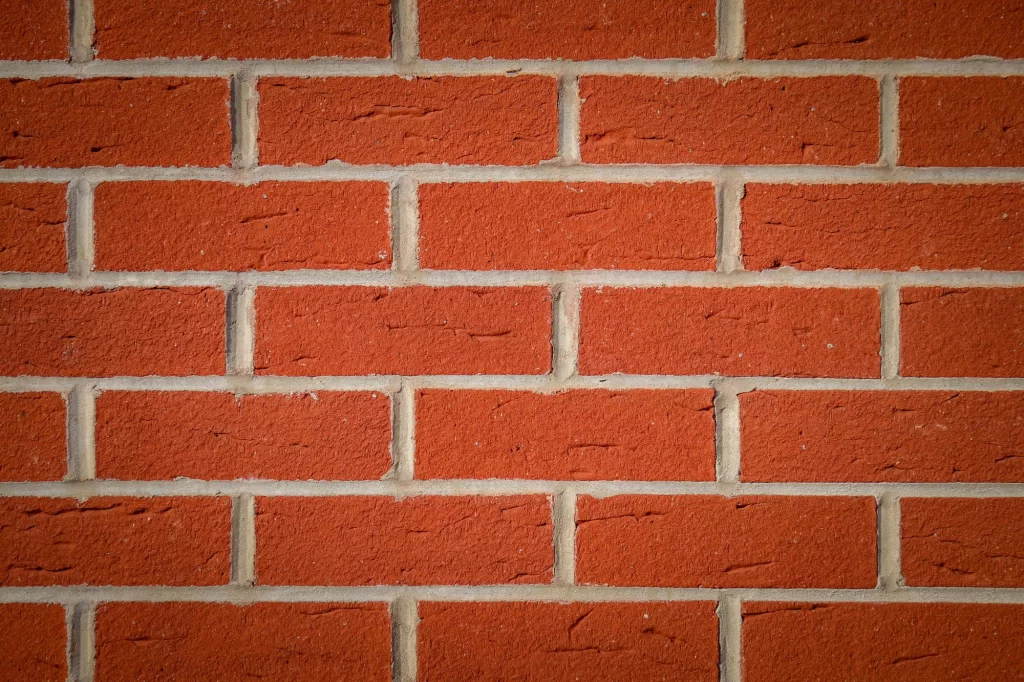
Furthermore, edible cement can also be used in combination with other sustainable building materials, such as straw bales or rammed earth, to create highly efficient and durable buildings. This also allows architects to design buildings that are not only environmentally friendly but also aesthetically pleasing.
Innovations in edible cement are continuously being made, for example, using food waste derived from algae, which is a highly sustainable and abundant source of raw materials. Algae-based edible cement is a promising development as it not only reduces food waste but also reduces the use of fossil fuels in cement production and can even absorb CO2.
In addition to its environmental benefits, edible cement also has the potential to create new economic opportunities. The use of food waste as a raw material can create jobs in the collection, processing, and manufacturing of the cement, which can help to stimulate local economies.
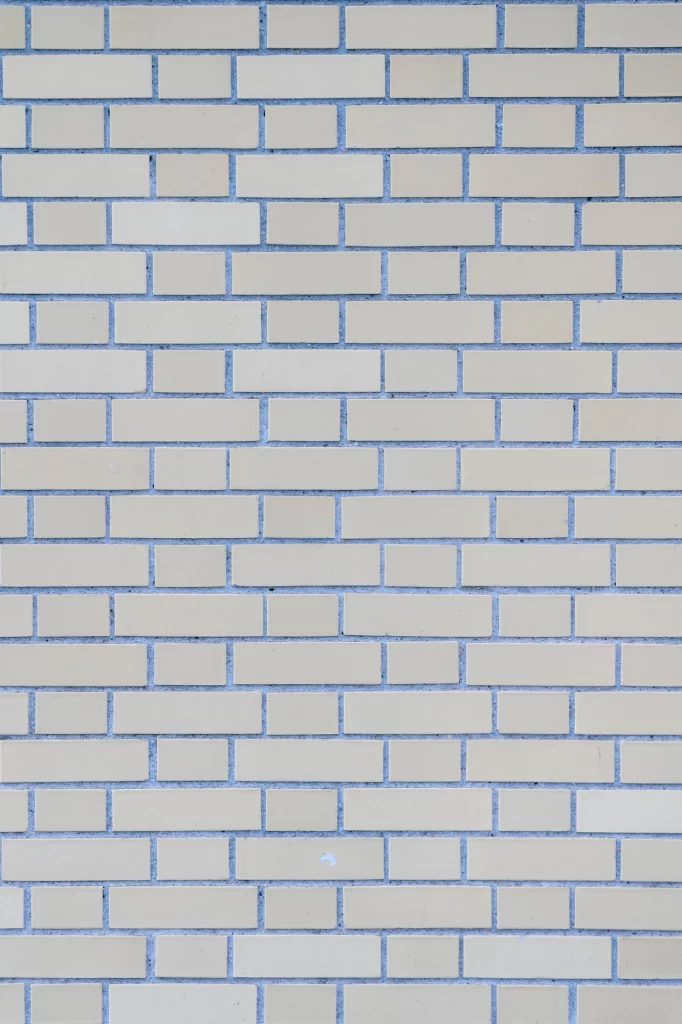
However, it’s important to note that edible cement is still in the early stages of development and further research is needed to fully understand its potential and limitations. Additionally, the cost of producing edible cement may also be a barrier to its widespread adoption, as it is likely to be more expensive than traditional cement in the short term. However, as the technology and production processes improve, the cost of edible cement is expected to decrease and become competitive with traditional cement.
In conclusion, edible cement is an innovative and sustainable material that has the potential to revolutionize the construction industry by using food waste as its primary component. By repurposing food waste into a useful and sustainable material, edible cement is helping to reduce the environmental impact of the construction industry while also providing a sustainable solution for the disposal of food waste. Edible cement is not only environmentally friendly but also durable, and can be used in combination with other sustainable building materials. The cost of producing edible cement may be a barrier in its widespread adoption but as technology and production processes improve, it is expected to decrease and become competitive with traditional cement.


